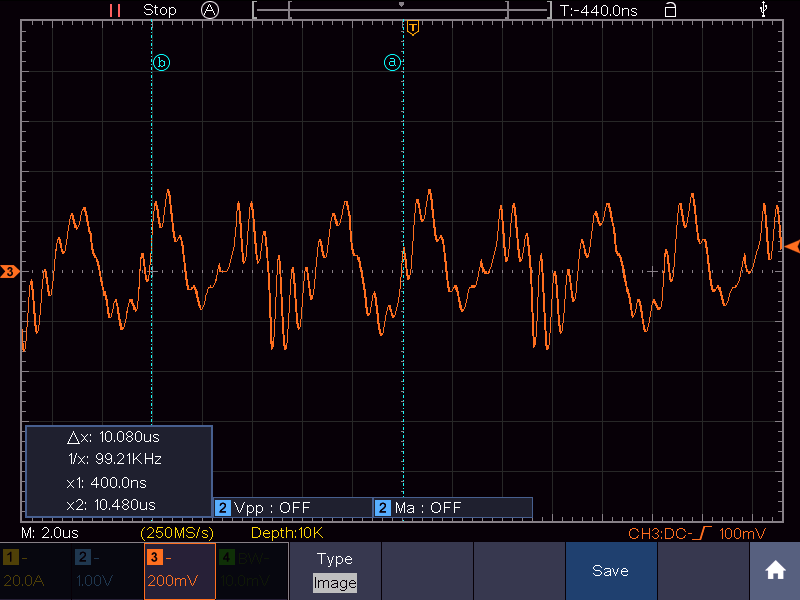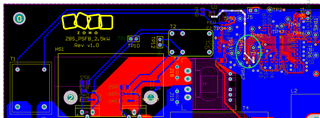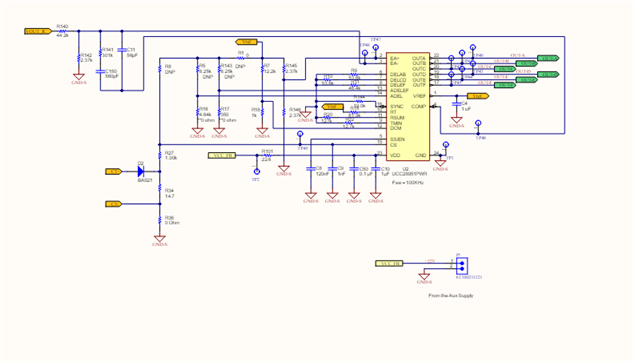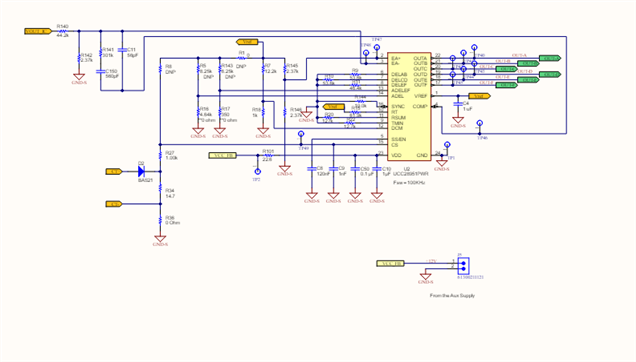Other Parts Discussed in Thread: TINA-TI, PMP8740
Hello,
We are currently testing a PSFB board that is designed based on UCC28950. All the calculations were first verified from the excel tool.
Then the circuit was also simulated and worked properly up to full load of 2.5kW on TINA-TI.
- While testing the board, primary MOS gets blown off shorting the primary side and board does not regulate and produces audible noise.
- Also, when using diodes(IDH20G65C6) instead of MOS on the secondary side. The board properly regulates giving 48Vout up to 17% load(9Amps) before again the primary MOS blows, shorting the primary side.
What might be causing this? Can you verify the design once:
PSFB_Sch_Plant.pdfPSFB_Sch_Ctrl.pdf
The CS transformer and layout we are using is referenced from PMP8740(with minimal changes)
Regards,





